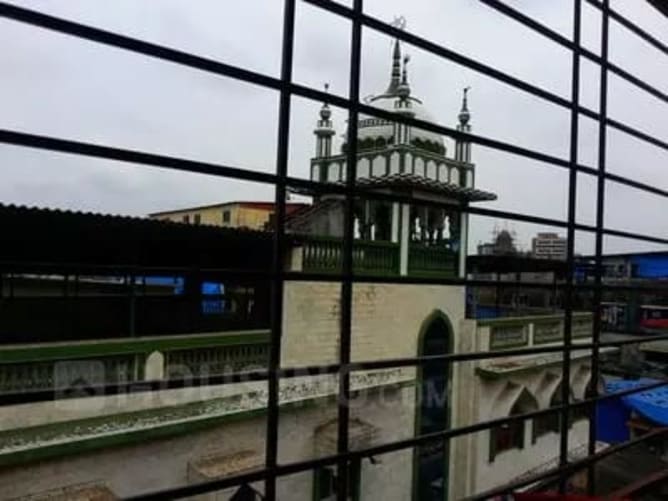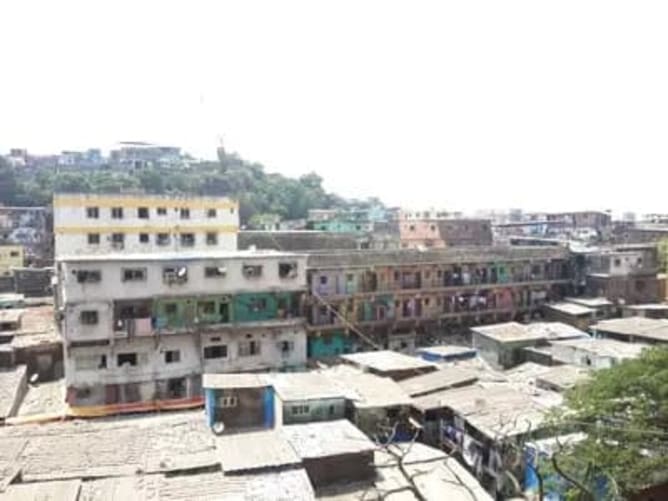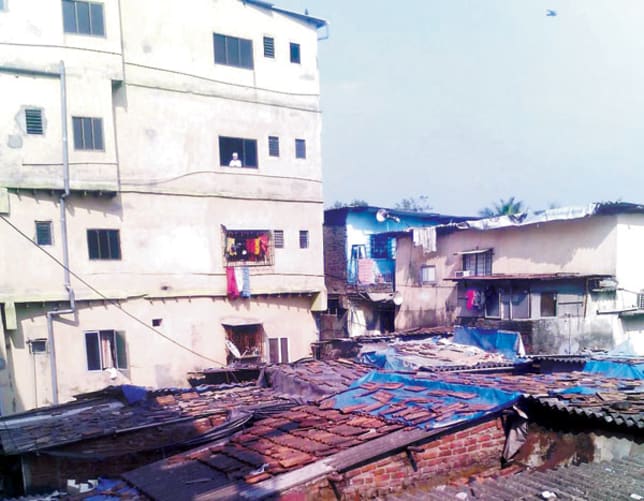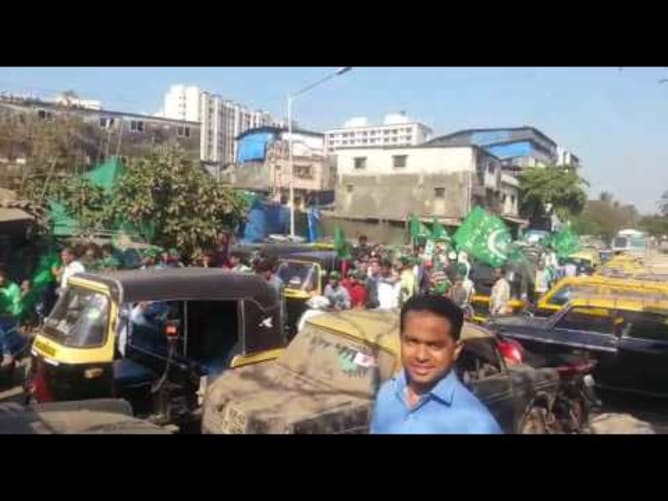Spatial Inequality and Urban Marginalization: A Study of Muslims in India
’Ghetto living is more than just a feeling of confinement; it is a sense of suffocation too’, cautions Susan Nathan in The other side of Israel: My journey across the Jewish/Arab divide (2005), one of the many books that I surveyed for my doctoral project entitled «Spatial Inequality and Urban Marginalization: A Study of Muslims in India.» Through an ethnography of everyday life, it will attempt to explore a provocative facet of spatial segregation and the incarcerated experience of living in a predominantly Muslim mohalla of Quresh Nagar in the ’pluralistic’ Mumbai.
To surmise, the project attempts to demonstrate the multiple inequalities and faultiness of exclusion which exposes the paradox and complexity of the concept of ’citizenship’. Despite the homogenizing tendencies of Mumbai’s mainstream and elite, its margins remain socially excluded. Thus, this project is an ’attempt at understanding territorial sovereignty’ through everyday engagements of Muslims with the state. Through these everyday engagements, the project will also capture the attempts of Muslims to claims basic amenities that in turn question the meanings and practice of urban citizenship.
My project is special because..
It provides me with an opportunity to go beyond studies that focus on the global picture of urban polarization and rather bringing attention to the local. Secondly, it will attempt to add to the growing body of work that uses anthropological methods – ethnography – as the study of excluded locales based on religion, race or ethnicity; evaluating cultural and social practices and processes. Most research on Indian ghettos has been left to policymakers, geographers, urban planners and demographers who have so far favoured quantitative approaches over qualitative research.
Its worth implementing this idea because Indian cities represent a dualism as they are often sites of conflict, breakdown and alienation though simultaneously creating new solidarities, notions of tolerance and civility through everyday negotiations and political processes.
This is what I need backing for.
I am a PhD scholar at the University of Geneva. My project has been in a limbo for the last three months because of insufficient funding. If I manage to secure the mentioned amount, the money will help me to lay the ground for my second phase of field-work in Mumbai.
Based on preliminary fieldwork in Quresh Nagar, I discovered that it was far too vast and dense to study it as a locality in itself. I began with the intention of studying two neighbourhoods within Quresh Nagar. However, in this phase (nearly eighteen months of ethnography), I plan to spread out considerably across the whole of Quresh Nagar following people, their stories, relationships, connections, networks, associations and conflicts. Hence I began with a focus on a locality bounded administratively and plan to end by following socially produced spaces constructed through quotidian practices that gave meaning and context of being a smaller part of a larger whole. Multi-sited ethnography within a large locality such as Quresh Nagar will enable to follow ’movement’ within and beyond the locality (both preplanned and opportunistic), which will be crucial to developing an understanding of urban spaces as products of dynamic socio-political processes that are often larger than a spatially bounded context or even omnipresent.
In the end, I will be needing the finances for my rent, food as well as other miscellaneous expenses (airfare, internet etc.) that will be incurred over the course of fifteen to eighteen months of extensive fieldwork.




